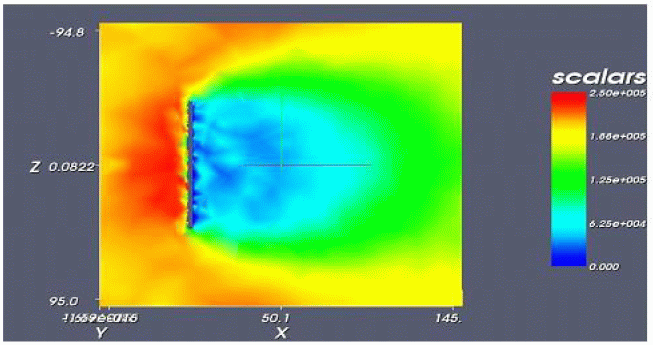
Simulating the Cluster satellites in a cold plasma flow
Student: Ram Prakash, Technical University of Delft
Supervisor: Anders Eriksson
Swedish Institute of Space Physics, Uppsala
 |
Student internship
project
in Space Plasma Physics (2006) Simulating the Cluster satellites in a cold plasma flow Student: Ram Prakash, Technical University of Delft Supervisor: Anders Eriksson Swedish Institute of Space Physics, Uppsala |

http://www.space.irfu.se/exjobb/2006_ram_prakash/index.html
last modified onWednesday, 11-Jul-2007 11:50:01 CEST